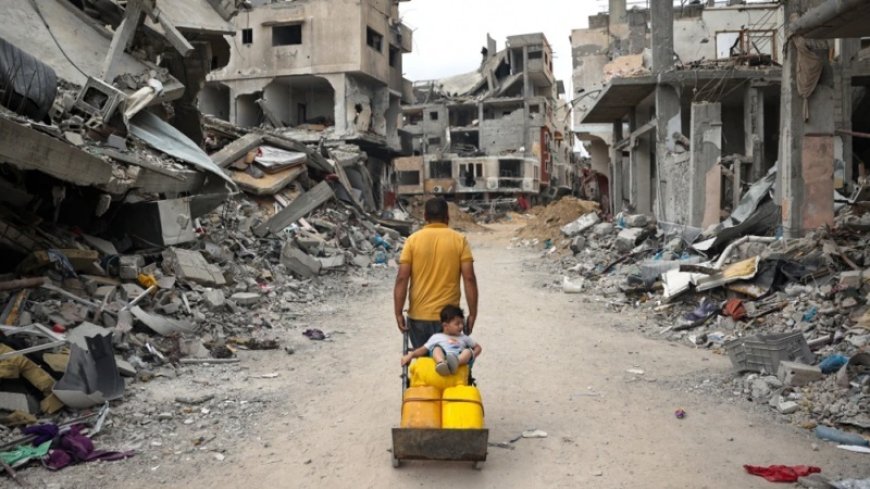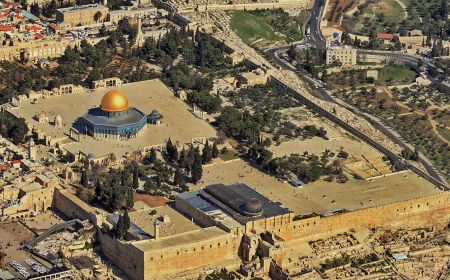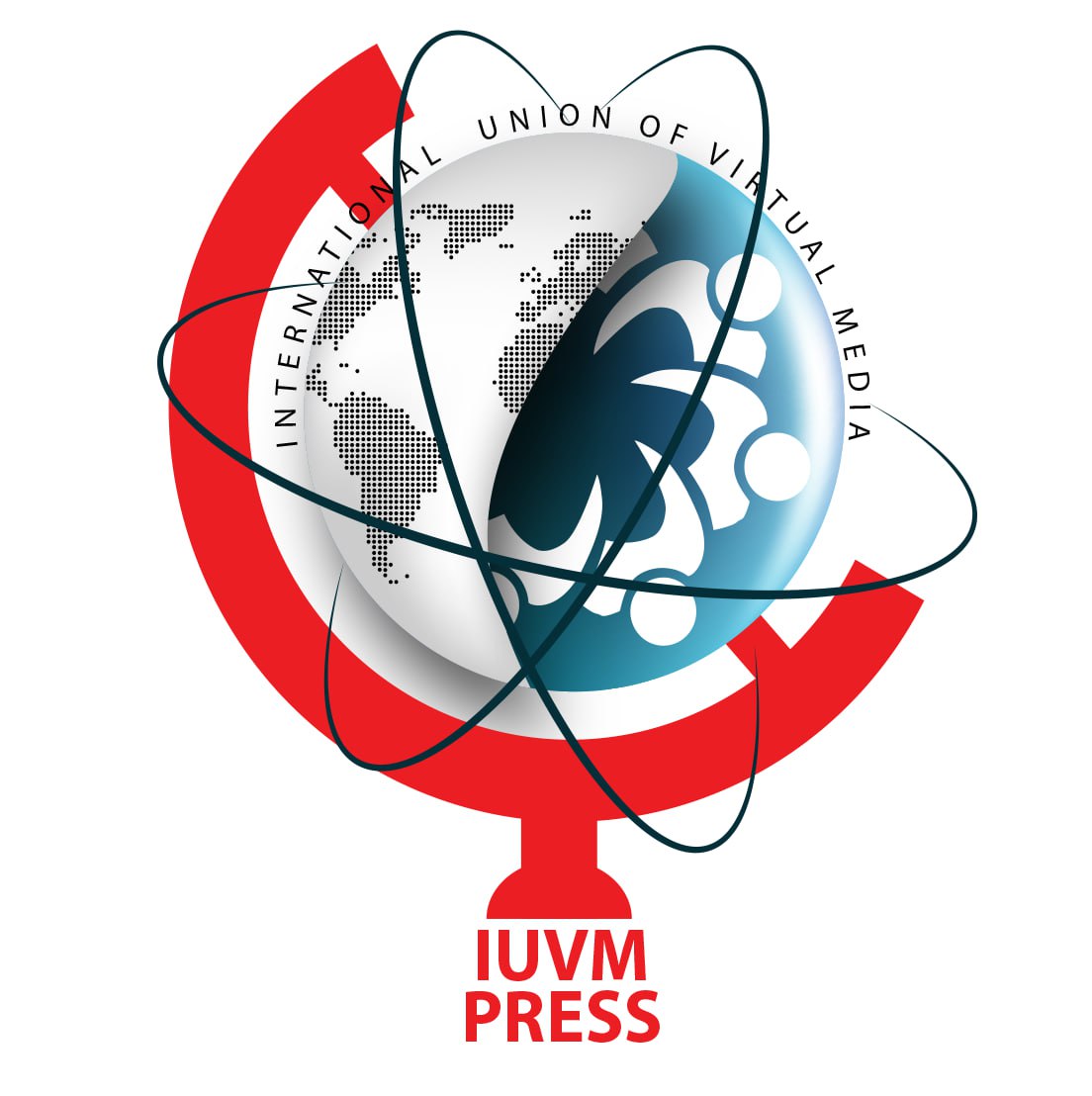The scale and duration of Gaza's reconstruction have become a topic of global concern in the aftermath of Donald Trump's controversial call for the removal of Palestinians from the Gaza Strip under the pretext of rebuilding the territory.
The scale and duration of Gaza's reconstruction have become a topic of global concern in the aftermath of Donald Trump's controversial call for the removal of Palestinians from the Gaza Strip under the pretext of rebuilding the territory.

The scale and duration of Gaza's reconstruction have become a topic of global concern in the aftermath of Donald Trump's controversial call for the removal of Palestinians from the Gaza Strip under the pretext of rebuilding the territory.
The proposal, which has been met with widespread condemnation from Palestinian officials and European leaders, proposes the forced displacement of more than two million residents with the assurance of temporary resettlement in other locations.
Riyad Mansour, the Palestinian Ambassador to the United Nations, rejected such notions, asserting that "The Gaza Strip is the property of the Palestinian people and is not an abandoned land for anyone to occupy."
The United Nations has reported that nearly 70% of buildings in Gaza have been damaged or destroyed, indicating that the devastation has reached catastrophic levels. Vast areas of the enclave are now uninhabitable, as over 245,000 homes have been reduced to debris.
The destruction is reminiscent of the most destructive urban conflicts in modern history, as entire neighborhoods are destroyed and unexploded ordnance is dispersed throughout the area.
According to UN-Habitat and the UN Environment Programme, the estimated 50 million tons of debris—a volume 17 times greater than all the waste generated in conflicts since 2008—could require more than a decade to remove.
The agricultural sector has also experienced significant losses, with the United Nations estimating that approximately 70% of Gaza's cropland has been damaged. Approximately 40% of the enclave's land was utilized for agriculture prior to the conflict, which facilitated the livelihoods of farmers who cultivated eggplants, olives, and strawberries.
Gaza City, which was once a center of economic and cultural activity, now has the maximum concentration of damaged structures, with a total of 37,000. The Great Mosque of Omar and the Church of Saint Porphyrios, one of the world's oldest churches, are among the 70 significant cultural locations. The devastation extends to Gaza's port, where hotels that previously housed foreign journalists and humanitarian workers have been reduced to ruins.
The crisis has been further exacerbated by the destruction of Gaza's critical infrastructure. Gaza City has suffered losses exceeding 90%, including critical desalination plants along the coast, while an estimated 70% of water, sanitation, and hygiene facilities in northern Gaza have been devastated.
The electricity grid has been significantly affected, resulting in a significant portion of the region being without power. The accumulation of refuse in densely populated areas has resulted in escalating health concerns, thanks to the collapse of the sewage system.
UN projections suggest that the restoration of economic output to pre-war levels could take up to 350 years, necessitating tens of billions of dollars to rebuild Gaza. The entrance of construction materials is still restricted by the Israeli blockade, which has been in place since 2007, which has further slowed down the recovery efforts.
Alone, the detritus removal process could require up to two decades and cost an estimated $909 million. Nevertheless, the reconstruction timeline is still highly uncertain, as it is contingent upon the evolving political landscape in addition to financial aid and logistical efforts.













































